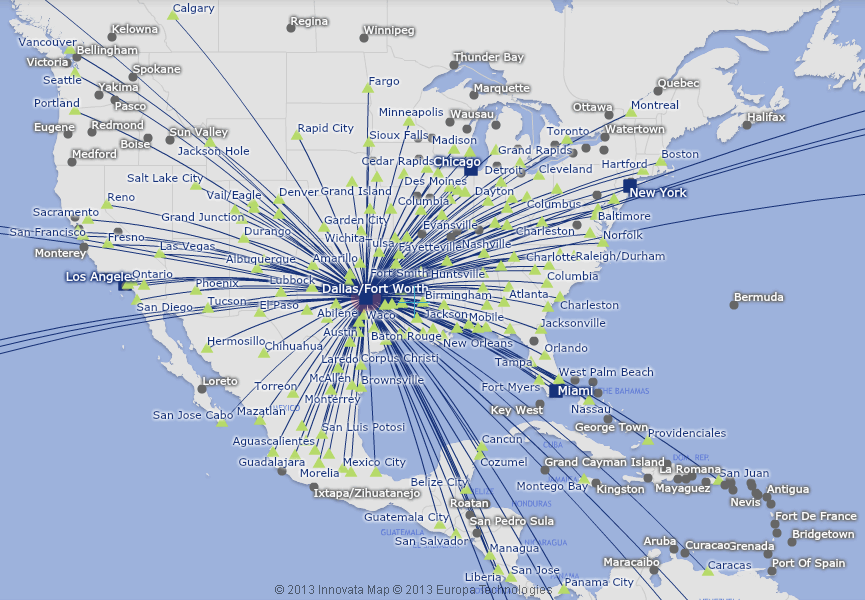Booking the Right Way
It is imperative to book your domestic and international flights together on the same airline whenever possible. Doing so provides protection in the event of delays or cancellations. The airline will be accountable for getting you to your destination on time. Stories of missed connections and being stranded when the bookings are separate are all too common. A single record locator (PNR) covering the entire itinerary eliminates issues that could arise from separate bookings. Codeshare partners count as well. Major airlines like United Airlines/British Airways and American Airlines/British Airways have agreements to handle issues for each other. Your booking is protected even if you switch planes. However, sticking with one carrier provides the strongest guarantee of assistance if delays occur.

Timing Your Arrival
If your first flight is domestic, plan to arrive at the airport 90 minutes before your scheduled departure time. This allows a buffer for potential lines at check-in and security. Two hours is recommend as the absolute maximum time needed in this case barring any major issues. Your connection time will be calculated assuming you clear customs without delay. For an international itinerary beginning with a domestic segment, two and a half to three hours before an international departure is advisable. The extra time accounts for potential delays clearing immigration and customs in the connecting city. Some countries have rigid cutoff periods for validating travel documents that must be met. Calling the airline for specific requirements is wisest.
Connecting on the Return
Coming back into your home country, arrival times also depend on the nature of your flights. A domestic connection following an international flight usually involves showing your passport to a border agent. For flights connecting in the US from Canada, this validation takes just moments with a US passport. Other countries may have lengthier passport checks that could prolong the process. The airline can advise the formal time needed.
Contingency Planning
No matter how carefully you plan your travel, issues can and do arise occasionally. When booking domestic-international itineraries as a single reservation through the same carrier or a codeshare partner, you have an ally ready to assist if problems occur. They can reroute you quickly or rectify any documentation errors. Coming with ample time cushions your trip from minor delays out of your control as well. Flexibility and preparation help safeguard a smooth global journey.
Baggage Policies
Most airlines allow you to check bags all the way to your final destination, even on multi-carrier itineraries, as long as the first connection meets their cutoff time. For international travel, review baggage allowance policies for carry-on and checked bags by destination. Exceeding weight or piece limits can incur steep excess fees. Carry essentials like medications and charging devices in your cabin bag in case of mishandled luggage.
Travel Documents in Order
Check that your passport, visa (if required) and any other travel papers are up to date and meet eligibility criteria for all countries on your itinerary well before flying. Page through and organise everything together in your carry-on for quick presentation at check-in or security. Also have backup copies of key documents like your passport bio page accessible electronically. Being fully prepared spares worries when rushing between flights.
Keep Calm with a Cushion
Unexpected events arise despite best planning. Allowing leeway in arrival times and not rushing between connections offers insurance against minor disruptions. With the right preparation of documentation and travel booking, a smooth domestic to international flight transition is very achievable. Staying relaxed aids in rolling with potential bumps to reach your destination refreshed.

